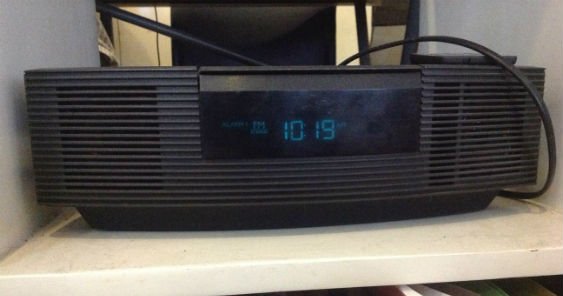MANILA – Even in the age of Facebook and Twitter, good old radio is still an important medium, with a growing number of FM listeners tuning in via mobile.
“Radio is a medium that’s there. It has retained its effectiveness and potential. It just has to protect what is already theirs so they wouldn’t be encroached upon by existing or emerging media,” Kantar Media general manager Gabriel Buluran said at a media roundtable on May 13.
Buluran presented the results of “Tuning in to Radio”, a study by Kantar Media and the Radio Research Council – Kapisanan ng mga Brodkaster ng Pilipinas which gathered 2013 radio industry data.
According to the study, 33 percent of Filipinos’ FM radio listening is done through mobile devices. “The problem is, we know TV stations are going mobile. Don’t wait for the dominant medium to encroach on the space that is exclusive to you now,” Buluran said.
Still, most radio listening still happens at home. “That’s kind of ironic, because before gadgets came to be, the only real mobile medium is radio,” said Buluran.
Buluran said radio should strengthen their programs during peak hours, which occur when TV is half-asleep. While TV’s peaks are during noontime and in the evening, radio has its listening peaks in the early morning and late at night. From 6 a.m. to 10 a.m., there are over four million listeners, while there are almost two million listeners from 9 p.m. onwards, according to the study.
“Radio is still an important medium and has its share of listening peaks throughout the day. When it comes to measuring return on investment, we have found that it is a vital means of communication at this current day and age of the internet and social media,” Buluran said.
At home, work, in transit
While over two million Filipinos listening during primetime when they reach their houses, Buluran stressed that radio reaches touch points that other media cannot reach: There are 300,000 Filipinos listen to the radio at work. “This is something broadcasters should keep in mind. Radio is really a background medium whereas with TV, productivity goes lower,” Buluran said.
The study also showed that there are 100,000 who listen while in transit from 9 to 10 a.m. Of those who listen in transit, 45 percent are from upper to middle class. “2.34 million people pass through EDSA every day. This is your potential. The only touchpoint you have is through mobile device, one of which is radio. For advertisers and networks this is something they should probably seriously look at,” Buluran said.
Billboards could also be used to stimulate the appetite for listening to a particular radio station. “If you see a billboard telling you to tune in, you don’t have to wait to get home to listen to it,” he said.
“Now that there is a way to measure the lasting relevance of radio, advertisers and media planners can take advantage of available data and come up with a more comprehensive tri-media plan for brands in the Philippines market,” Buluran said.
According to him, brands can maximise radio to further promote their products and services through these underutilized air time slots. In urban Philippines, radio can reach up to 20 million, according to the study.
“The whole of your waking hours, you can be reached by radio. That’s the strength of radio. If only you could maximise that, there’s merit in using the medium,” Buluran said.
Longer sessions on radio
While TV gets the lion’s share of advertising expenditure (77 percent), radio is the second largest medium, getting 18 percent. According to the ‘Tuning in to Radio’ study, although people spend less time on radio than they do watching TV, radio captures audiences for longer periods per session. While TV viewers spend 16 sessions per day, radio listeners spend almost two sessions, but each session for TV lasts an average of only 20 minutes compared to the average radio session of 105 minutes.
The ‘Tuning in to Radio’ study was conducted through the diary methodology, in which 38,000 sample individuals were asked to record their radio listening information in an official monitoring sheet, which was collected daily. The research was done in Mega Manila as well as in seven key cities: Cebu, Davao, Iloilo, Bacolod, Dagupan, Cagayan de Oro, and General Santos.









